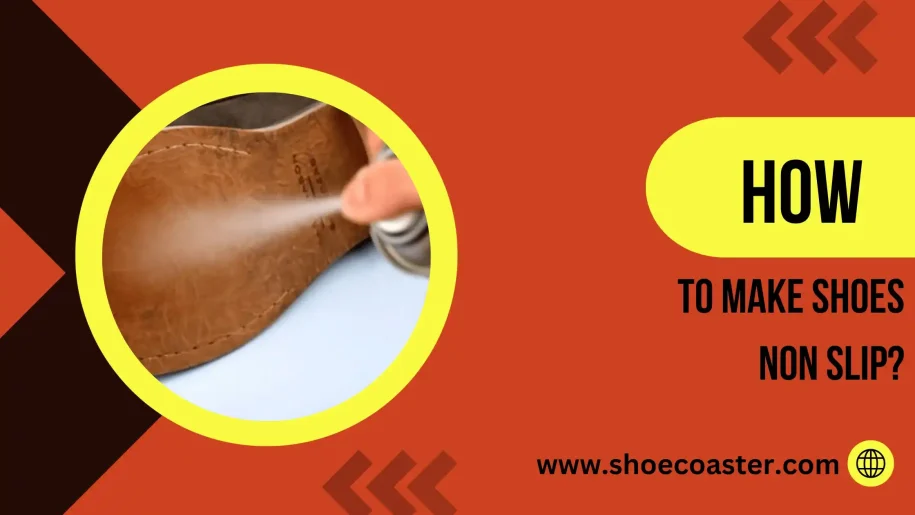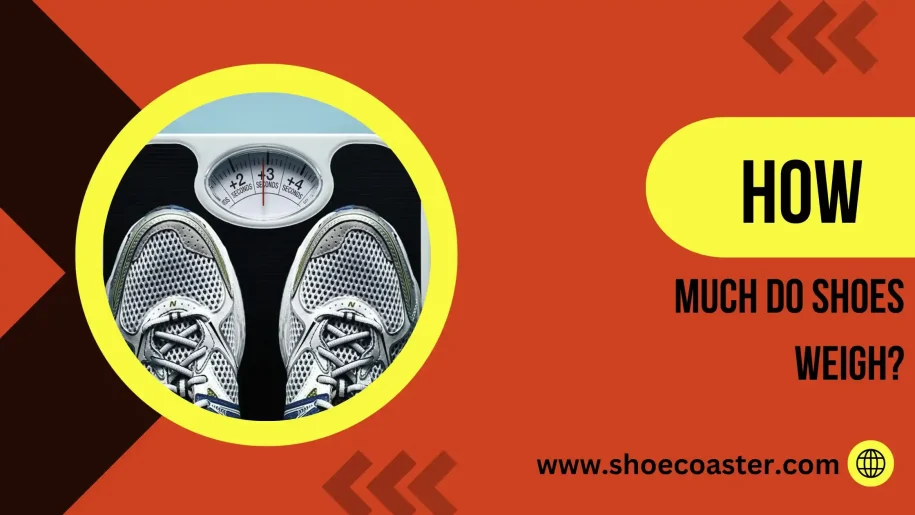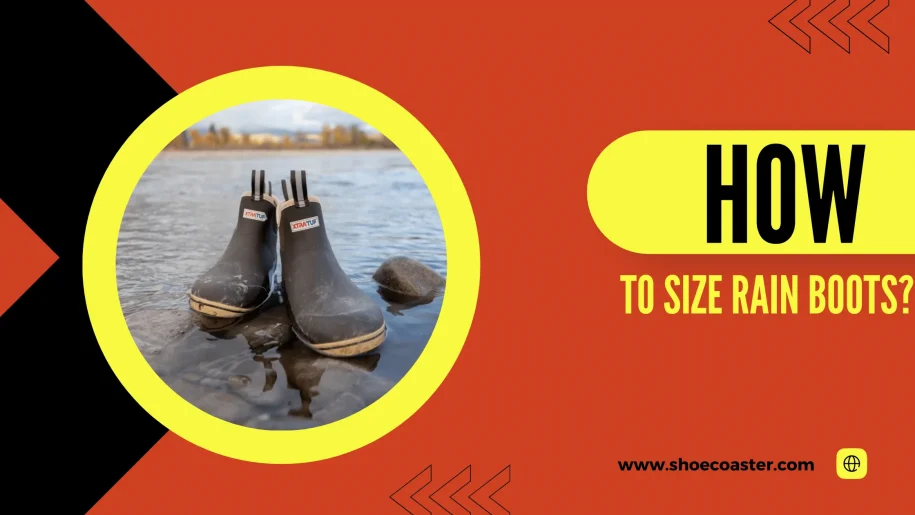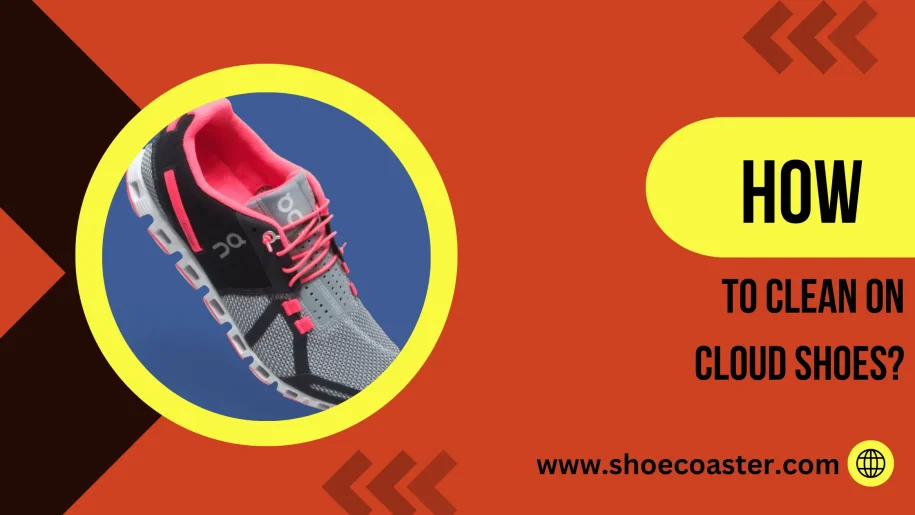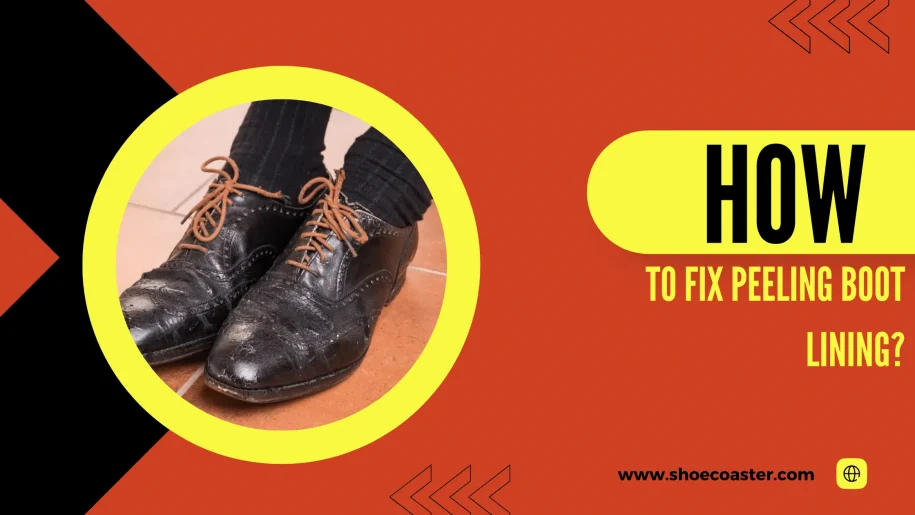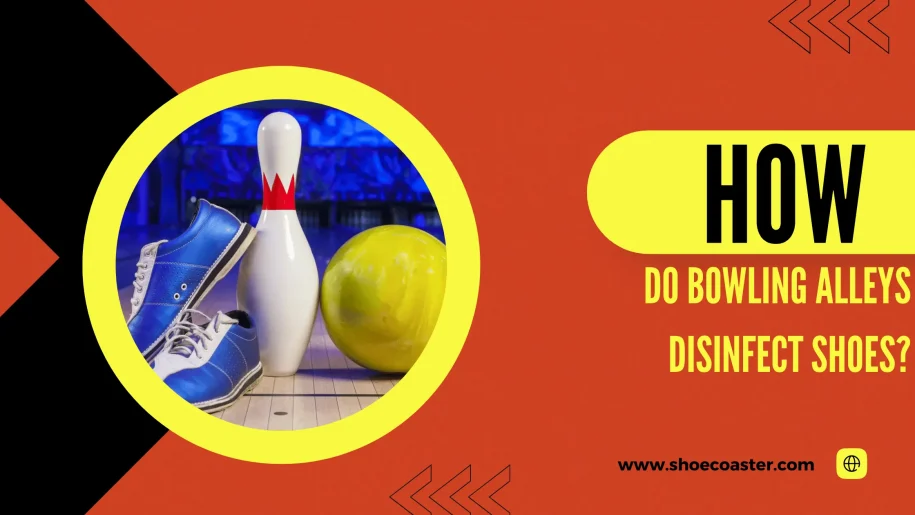It can be incredibly frustrating and embarrassing having to catch yourself from falling time and time again. Fortunately, there is a range of ways you can help make shoes non-slip so that even the wettest of surfaces won’t cause you any issues.
Whether through special adhesive grips, homemade solutions, or modifying your shoe soles, we’ve got all the advice and tips on making shoes slip-resistant! Continue reading this blog post for more information on staying safe, stable, and comfortable during every step.
Making shoes slip-resistant is essential, especially if smooth soles can easily slide on wet or polished surfaces. Here are some easy DIY methods to add grip to your shoes at home:
1. Sandpaper:
- Take a piece of coarse sandpaper.
- Rub the bottom of your shoes with it to roughen the surface.
- This method works particularly well for new shoes that have yet to be worn.
2. Puff Paint:
- Also known as fabric paint, you can find it at most craft stores.
- Draw patterns or dots on the soles of your shoes using the puff paint.
- Let them dry overnight.
- The dried paint provides grip.
3. Nail File or Emery Board:
Similar to the sandpaper method, a nail file can help roughen the surface of smaller shoe areas.
4. Hairspray:
- Spray a generous amount of hairspray onto the soles of your shoes.
- Let it dry for a minute or two before wearing them.
- The hairspray can add a bit of stickiness, but this method might need frequent reapplications.
5. Adhesive Bandages:
- Stick band-aids on the sole areas that come in contact with the floor.
- The textured surface of the bandage can add some grip.
6. Masking or Duct Tape:
- Stick strips of tape onto the soles.
- The adhesive side provides traction.
7. Salt And Rubber Glue:
- Mix salt into some rubber glue until you get a thick paste.
- Spread this paste onto the soles of your shoes and let it dry.
- The dried mixture offers added traction.
8. Softened Rubber:
- Heat a rubber eraser or the rubbery side of a pencil and rub it onto the sole.
- This method can help create a rougher texture on the bottom of the shoe.
9. Spray-on Adhesives:
- A light layer of adhesive spray on the soles can offer temporary traction.
- However, this might leave a residue on floors, so it’s better for outdoor shoes.
Professional Solutions: Products Available To Make Shoes Slip Resistant
There are various products available on the market to make shoes non-slip. Some solutions are temporary, while others offer long-lasting results. Here are a few options that professionals can consider:
1. Slip-Resistant Shoe Covers:
These are disposable covers made from slip-resistant material that can be worn over regular shoes. They provide a quick and easy solution for employees moving between different work areas.
2. Non-Slip Tapes And Strips:
These are adhesive strips or tapes that can be applied to the soles of shoes. They provide additional grip and traction on smooth surfaces.
3. Shoe Grip Pads:
These rubber pads can be attached to the bottom of shoes using adhesive. They offer a more permanent solution and are suitable for shoes frequently used in slippery environments.
4. Non-Slip Spray:
This waterproof coating can be sprayed onto the soles of shoes to make them non-slip. It provides a long-lasting solution and can be reapplied as needed.
Why Is It Important To Maintain Non-slip Shoes?
Non-slip shoes provide better grip and stability, significantly reducing the risk of slipping, tripping, or falling on slippery surfaces.
This is especially crucial in a work setting where employees may walk on wet or greasy floors, climb ladders, or operate heavy machinery.
Properly maintained non-slip shoes can also improve productivity and morale, as employees feel more confident and secure in their footing.
Safety First: Choosing The Right Non-Slip Shoes for Different Environments
Ensuring safety by selecting the right non-slip shoes is crucial, especially if you’re working or frequently moving in environments that pose slipping hazards. Here’s how to choose the right non-slip shoes based on different environments:
Restaurants And Kitchens:
Sole:
Look for shoes with patented slip-resistant technology. The sole pattern should channel liquids away from the shoe base.
Material:
Choose a shoe that’s resistant to oil and grease. Water-resistant or waterproof materials can be helpful due to frequent spills.
Design:
A closed-toe design is essential to protect against hot spills or dropped objects.
2. Hospitals And Healthcare Facilities:
Sole:
A good grip is crucial. The soles should be oil and liquid-resistant.
Material:
Opt for something easy to clean or sanitize, like leather or synthetic materials that can be wiped down.
Design:
Consider shoes with a closed-back to ensure they stay on while moving quickly. Some professionals prefer clogs explicitly designed for healthcare environments.
3. Industrial And Construction Sites:
Sole:
Thick, rubberized, slip-resistant soles are a must. They should also be puncture-resistant.
Material:
Leather is preferable due to its durability and protection.
Design:
High-top designs or boots often support the ankle and prevent debris from entering. Safety toes (like steel toes) and metatarsal guards can be essential for the specific job.
4. Retail And Warehouse:
Sole:
Durable non-slip soles, significantly if the floor surface varies or there’s potential for liquid spills.
Material:
Depending on the setting, breathable materials might be beneficial for long shifts.
Design:
Comfort is critical due to prolonged standing and walking. Ensure good arch support.
5. Outdoor Activities (hiking, fishing, etc.):
Sole:
Deep tread patterns for traction are crucial, especially on muddy or wet terrains.
Material:
Waterproof or water-resistant materials like Gore-Tex can keep feet dry.
Design:
Ankle support is essential for activities like hiking. For fishing or marine activities, consider shoes that offer quick drainage.
6. Gym and Sports:
Sole:
Non-marking soles that provide traction on polished indoor courts.
Material:
Breathable materials like mesh can help in ventilation during intense activities.
Design:
Specific designs for particular sports (e.g., basketball shoes with ankle support).
How To Maintain Non-slip Shoes?
- The first step to maintaining non-slip shoes is to keep them clean. Dirt, dust, and other debris can accumulate on the sole of your shoe, reducing its grip and making it more slippery.
- In addition to regular cleaning, wiping the sole of your shoe with a damp cloth or paper towel can help maintain its non-slip properties. This will help to remove any residue or buildup that may cause the shoe to lose traction.
- Like any other type of shoe, non-slip shoes can also experience wear and tear over time. It is essential to regularly inspect your shoes for any signs of damage or deterioration, such as worn-out treads or holes in the sole. It may be time to replace your shoes if you notice any issues.
- Another crucial factor in maintaining non-slip shoes is choosing the right pair for your work environment. Select a shoe with proper grip and traction for the type of surfaces you will be walking on.
- Different types of non-slip shoes may have different care and maintenance instructions, so it’s essential to follow the guidelines provided by the manufacturer. This will ensure your shoes are correctly cared for and maintain their non-slip properties.
Conclusion:
So, you have multiple ways to ensure your shoes are non-slip. As we now know, the best way to make sure you don’t become a victim of a slippery footfall is by choosing a pair of shoes with rubber soles, investing in some slip-resistant shoe sprays or wax, using shoe grip tape, or using simple at-home remedies like rice and baking soda.
No matter what method you choose, if you follow our steps closely and practice due diligence regarding your footwear safety, you will undoubtedly be well on your way to finding the perfect solution for making any pair of shoes completely non-slip.
